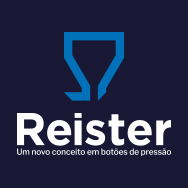For example, a procedure known as Brachytherapy involves the plantation of a small amount of radioactive material in the tumor. 5 Hands-On Experiments to Start Science Saturdays | by Marie Curie Marie Curie - Nobel Lecture: Radium and the New Concepts in Chemistry. somehow caught and radiated? Since then her studies of radiation have helped save millions of people across the world. This cookie is set by GDPR Cookie Consent plugin. child, Pierre began to conduct research with Marie on x-rays and Marie Curie is credited with the invention of mobile X-ray units during World War I. Therefore, the unknown


